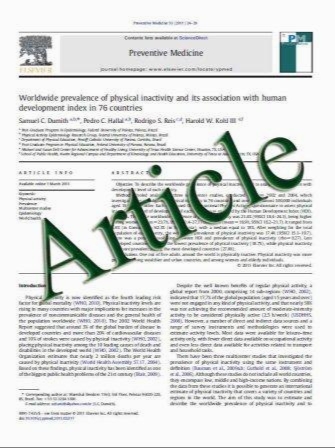Fixation of revision TKA: a review of the literature
- نوع فایل : کتاب
- زبان : انگلیسی
- مؤلف : J. Beckmann • C. Lu¨ring • R. Springorum • F. X. Ko¨ck • J. Grifka • M. Tingart
- چاپ و سال / کشور: 2011
Description
Purpose Early aseptic loosening is a major complication in revision total knee arthroplasty (TKA). It is well accepted that intramedullary stems improve the anchoring of the prosthetic components; however, controversy still exists about the optimal fixation technique of the stems (cementless, hybrid, cemented). Methods A literature review was carried out in the main medical databases from 1980 to 04/2010 to evaluate the available literature by evidence-based criteria and to analyse the results of the single studies regarding fixation technique in knee revision arthroplasty. Results There are four studies regarding the cementless fixation. Eight studies reported the hybrid technique and five studies the cemented technique. Hybrid and cemented techniques are comparable regarding the survival of arthroplasties, the rate of aseptic loosening and the clinical outcome. However, most studies just show a low level of evidence (LoE III and IV), a small to medium number of cases and a short follow-up. Conclusion Based on the current literature, no final statement can be drawn regarding the optimal fixation technique in revision TKA. Future RCTs are needed to enable conclusive statements about the possible advantages and disadvantages of the single fixation techniques, although the clinical implementation often is critical
Knee Surg Sports Traumatol Arthrosc (2011) 19:872–879 DOI 10.1007/s00167-010-1249-3 Received: 31 January 2010 / Accepted: 9 August 2010 / Published online: 7 September 2010


